Ma’Adra Cuvee Special
After the rousing success that was the Ma’Adra Cabernet Sauvignon and the disappointment of the Syrah, I decided I might as well go for the hat trick and try the 2014 Ma’Adra Cuvee Special-a 50/50 blend of Cabernet Sauvignon and Syrah. For 60 TL at La Cave it wasn’t as dear as either of the others so it didn’t hurt to try. A dark purple, full body in the glass with nice legs, the nose of this was really quite promising: raspberries, cedar, a hint of tobacco, baking spices, and milk chocolate. On the palate the Ma’Adra Cuvee Special was initially rather sweet with jam, tobacco, and vanilla. The acid was
Read More












